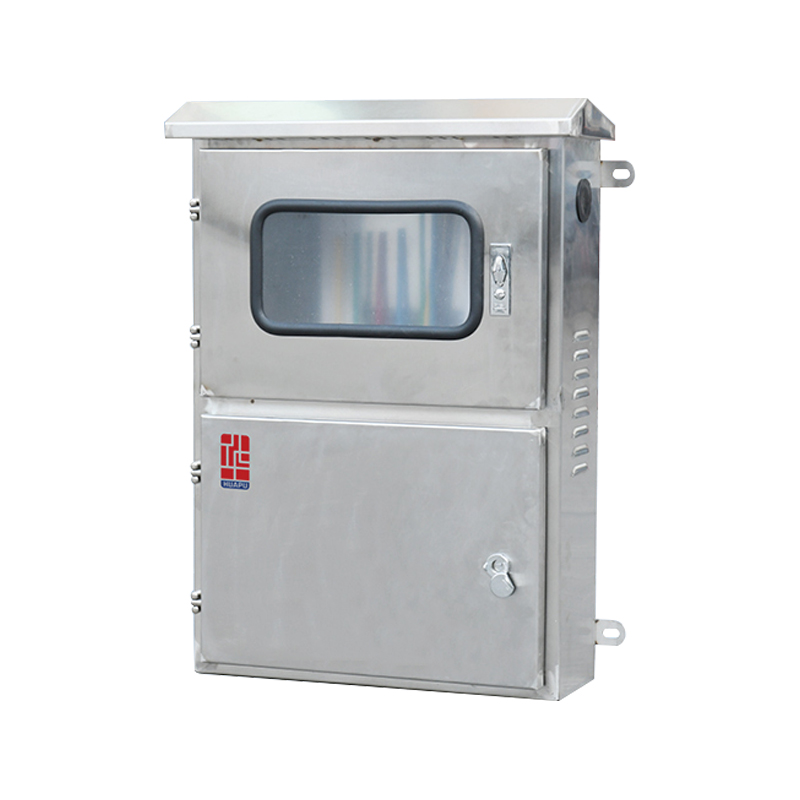Industry News
Key Features of Thin Film Bifacial Photovoltaic Technology
Thin film bifacial photovoltaic (PV) solar cell modules are a modern solar energy solution that combines two advanced technologies: thin film solar cells and bifacial energy generation. These modules are engineered to absorb sunlight from both the front and rear sides, allowing for more efficient energy use in suitable environments.
Thin film bifacial PV modules utilize a thin semiconductor material layer to convert sunlight into electricity. Unlike traditional crystalline silicon panels, thin film modules are made using materials such as cadmium telluride (CdTe), amorphous silicon (a-Si), or copper indium gallium selenide (CIGS), deposited in very thin layers on a substrate.
The “bifacial” aspect refers to their ability to capture solar radiation from both sides. The front side absorbs direct sunlight, while the rear side captures reflected or diffused light from surfaces like the ground, nearby structures, or surrounding materials.
These modules are typically constructed using two sheets of glass or a combination of glass and a transparent backsheet. The transparent backing allows light to reach the rear-facing solar cells. The thin film layers are applied between these outer sheets, which are then sealed to protect the internal components from environmental factors such as moisture, dust, and temperature changes.
Unlike traditional panels that require rigid mounting, thin film bifacial modules are lightweight and flexible in some configurations, offering more installation options for architects and engineers.
Thin film bifacial PV modules operate by absorbing photons and converting them into electrical energy through the photovoltaic effect. Because they are sensitive to a wider range of light wavelengths, some thin film technologies can generate electricity even under low-light or cloudy conditions.
On the rear side, these modules benefit from albedo—the reflection of sunlight from surfaces like concrete, sand, or white rooftops. The more reflective the surface, the greater the energy gain from the rear side. This additional generation can increase the module's total energy output over time.
These modules are well-suited for various applications:
Building-Integrated Photovoltaics (BIPV): Can be integrated into glass facades, skylights, or curtain walls where light transmission and electricity generation are both needed.
Ground-Mounted Systems: Especially effective in installations where the ground surface is reflective, such as in desert environments or snow-covered areas.
Agricultural Projects: Used in agrovoltaics, where partial shading is desired and light reflection from the soil can boost rear-side performance.
Carports and Shelters: Allow filtered light through while generating power from both sides of the panel.
Thin film bifacial modules offer benefits such as lighter weight, flexibility in design, and potential for power generation on both sides. Their appearance also blends more easily with architectural elements, making them useful in aesthetically sensitive projects.
However, their overall efficiency may vary based on material type, installation angle, and environmental conditions. The rear-side contribution depends significantly on how reflective the surroundings are.
Installation requires careful planning to optimize both front and rear exposure. Mounting systems should be elevated and spaced to allow light to reach the rear side. Surfaces beneath the modules can be modified to improve reflectivity. Maintenance typically involves periodic cleaning of both sides to maintain light absorption efficiency and routine inspections to ensure structural integrity.

Next
Design and Components of a Switch Controller Charger
<p>A <a href="/product/cable-branch-box-switch-station/" target="_blank"...
View More- PRODUCTS
- New Energy Power Distribution Equipment
- Box Type Substation
- Cable Branch Box/Switch Station
- High Voltage Switchgear
- Low Voltage Switchgear
- Engineering Vacuum Circuit Breaker
- New Energy Vehicle Floor Charging Pile
- Commercial Energy Storage
- Photovoltaic Complete Box
- High Voltage Arrester
- INFORMATION
-
-
Phone+86-13868788848
+86-13356188725 -
Tel+86-0577-88810567
-
E-mail
-
AddNo. 59, Youyi Road, Xinguang Industrial Zone, Liushi Town, Yueqing City, Zhejiang, China
-
- ENQUIRE WITH US
Photovoltaic Module Manufacturer




 English
English  中文简体
中文简体  русский
русский  Español
Español  عربى
عربى 


